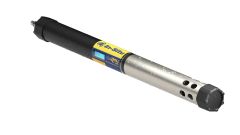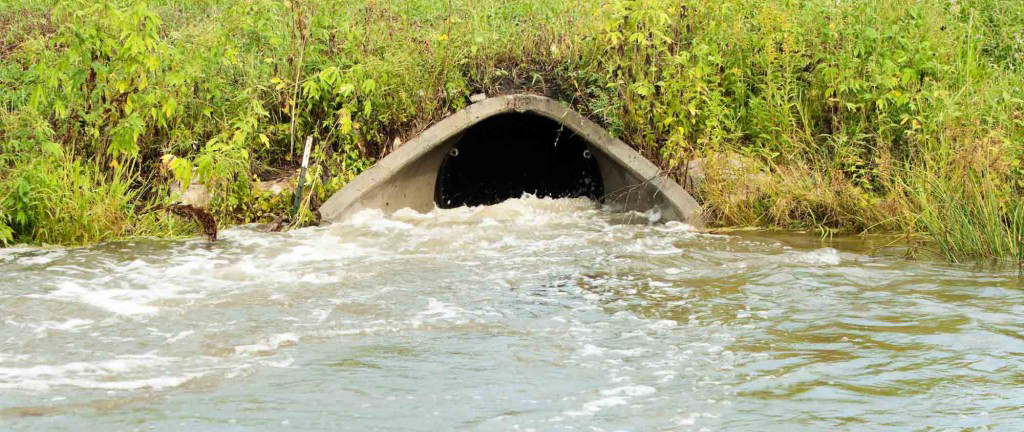Overview
Dissatisfied with the quality and quantity of data available using traditional collection methods, Hoover, AL, turned to advancements in continuous monitoring to take its MS4 program to the next level. Not long after, Montgomery, AL, followed suit.
Challenge
Back in 2007, operating independently from Alabama’s Storm Water Management Authority, the City of Hoover, was looking for new monitoring technology that would keep it in compliance with its National Pollutant Discharge Elimination System (NPDES) permit, provide more data for better decision making, and meet budgetary constraints.
From a review of the state’s water quality criteria, 303(d) list, Total Maximum Daily Load (TMDL) list, and pollutants of concern, including sanitary sewer overflows, sediment, nutrients, etc., the City determined that base parameters, including dissolved oxygen, temperature, turbidity, conductivity, pH and level, would provide general insight to stream health and could also be used as surrogate parameters to evaluate pollutants of concern.
The City also initiated an effort to evaluate new monitoring instruments and techniques that might prove more cost effective than current methods and produce data that was more representative of stream conditions. To get more value out of the data, staff determined, more data was needed.
Solution
The City launched its continuous monitoring program with the In-Situ TROLL 9500 Multiparameter Sonde with telemetry, and later upgraded to In-Situ’s Aqua TROLL 600 Multiparameter Sondes, in order to take advantage of new advancements in sensor and antifouling technology and cut costs by extending deployment times and reducing field visits for maintenance.
Logging data at 15-minute intervals, the equipment can produce approximately 8,760 hourly data points for each parameter over a year and generate a much clearer picture of stream conditions.
When combined with telemetry, the Aqua TROLL 600s can also send alerts when a preset trigger condition is met. For example, if conductivity exceeds a threshold set by the City, the system will send a near real-time notification, and staff can investigate to determine whether a non-stormwater discharge is occurring.
Results
Hoover was the first municipality in Alabama to use this continuous monitoring technology in its MS4 program. The payoff was almost immediate: shortly after implementation, the City identified an illicit industrial discharge and potential sanitary sewer overflows.
A cost-benefit analysis conducted over a five-year period, including maintenance, revealed that the cost to establish a continuous monitoring station was approximately 30 percent less than the cost of a flow-composite sampling method, and the station produced significantly more data.
An indirect benefit of the program was that staff were no longer required to collect grab samples during qualifying storm events that often fell outside of their eight-to-five workday or on weekends.
After seeing Hoover’s success, the City of Montgomery decided to make a similar bid. Required to make their case to the EPA, Montgomery argued that continuous monitoring improved compliance by reducing the risk of missing qualifying storm events and identifying potential pollutant sources, which would enable them to actually solve problems, rather than just collect data.
The Alabama Department of Environmental Management and the EPA commended Montgomery on its innovative approach, and the city has incorporated water quality monitoring and telemetry equipment into its MS4 NPDES permit, joining Hoover and other cities now reaping the benefits of continuous monitoring.
Original case study written by Dewayne Smith, P.E. Hydro Engineering Solutions, LLC
Download Full Case Study: CostEffective-Stormwater_CaseStudy.pdf



